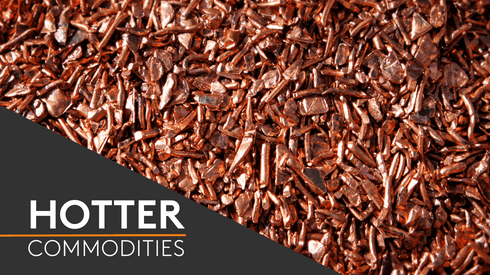Codelco put the stake into play when it declared it would exercise its option to buy a 49% share in some of Anglo American’s prized copper assets in Chile in January 2012.
The deal implied a value of $13.5 billion for Anglo American Sur.
Backed with cash from Japanese investor and trading company Mitsui, and put together by Diego Hernandez, ceo of the Chilean state-owned mining company, it was announced with lip-smacking confidence.
This sale values the assets, which include the Los Bronces copper mine where production is set to rise to 490,000 tpy within the next three years, at $22 billion. This is a premium of 63% to the Codelco proposal.
Anglo was always aware of the risk to the portion of its Chilean copper assets, including the exciting Los Sulfatos exploration site, that resulted from Codelco’s option.
Anglo American inherited the option, which goes back to 1978, when it bought the assets in 2002.
Codelco’s confirmation that it would exercise the option and the implied $13.5 billion valuation had direct consequences.
It pricked the interest of several suitors, who lost no time in expressing their interest to Anglo.
And Anglo’s resolve to obtain the best possible price made it hasten to speak to other potential buyers.
The result? Just four weeks after Codelco announced its intention the Chilean producer has been snubbed.
The sale has reduced the stake Codelco can take in Anglo American Sur to just 24.5%, pushed up the amount it would have to pay to do so, and leaves Anglo with a majority stake in an asset that accounted for 41% of its copper production last year.
The scarcity of expanding, operating, first-class copper assets guaranteed a lucrative deal.
To this point Codelco has responded by arguing that the sale to Mitsubishi does not affect its rights to the 49% stake, and that it will take all necessary actions to enforce its rights.
So an ancient option has been exercised in Chile on a multinational company by one that is state-owned and for the moment looks outplayed, in a copper-hungry world where governments and their people have every intention of realizing the value of their minerals.
What is the conclusion less than a day after the focus on Chile was reignited?
For all the concern about a double-dip recession and a slowdown in China, there is still a seller’s market in certain types of copper assets.




